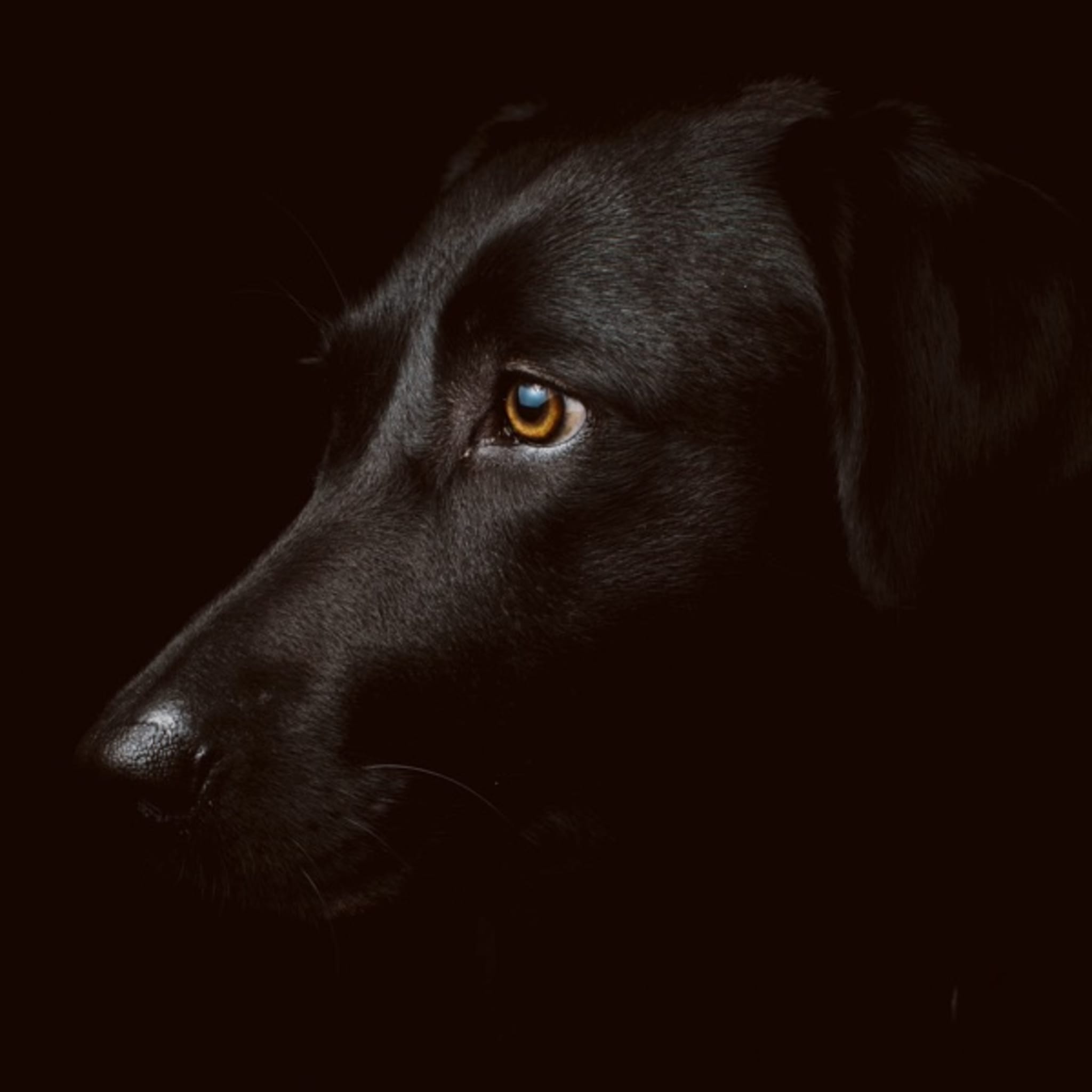Background
Cataracts are one of the most significant ophthalmologic diseases in veterinary medicine. Cataract refers to the cloudiness in the crystalline lens of the eye, varying from complete to partial opacity. Because the cloudiness of the eye lens prevents light from passing to the retina, a cataract can cause vision loss. It is well understood that dogs are more prone to develop cataracts than other domestic animals. Cataracts are a leading cause of blindness in dogs with approximately 100 breeds affected by primary hereditary forms. Some canine breeds such as the Australian Shepherd exhibit a pronounced tendency toward inherited cataracts, and some diseases such as diabetes are also known to cause cataracts owing to a change in the crystalline lens metabolic pathway.
Causes
Most cases of cataracts are inherited; for instance, Miniature poodles, American cocker spaniel, miniature schnauzer, golden retrievers, Boston terriers, and Siberian huskies are all predisposed to cataracts. Despite the large number of breeds affected with hereditary cataracts little is known about the genetics of the condition, and to date only a single gene, HSF4, has been implicated in the development of the disease in dogs.
Diagnosis
The diagnosis of a cataract is based on an ophthalmologic examination performed by a veterinarian or a veterinary ophthalmologist. Additional diagnostics, such as laboratory tests, may also be performed to rule out diseases associated with cataract formation such as diabetes mellitus.
Treatment
No preventative measures are currently available.
Currently, the only effective therapy for cataracts is surgical removal of the lens performed by a veterinary ophthalmologist under general anesthesia.



